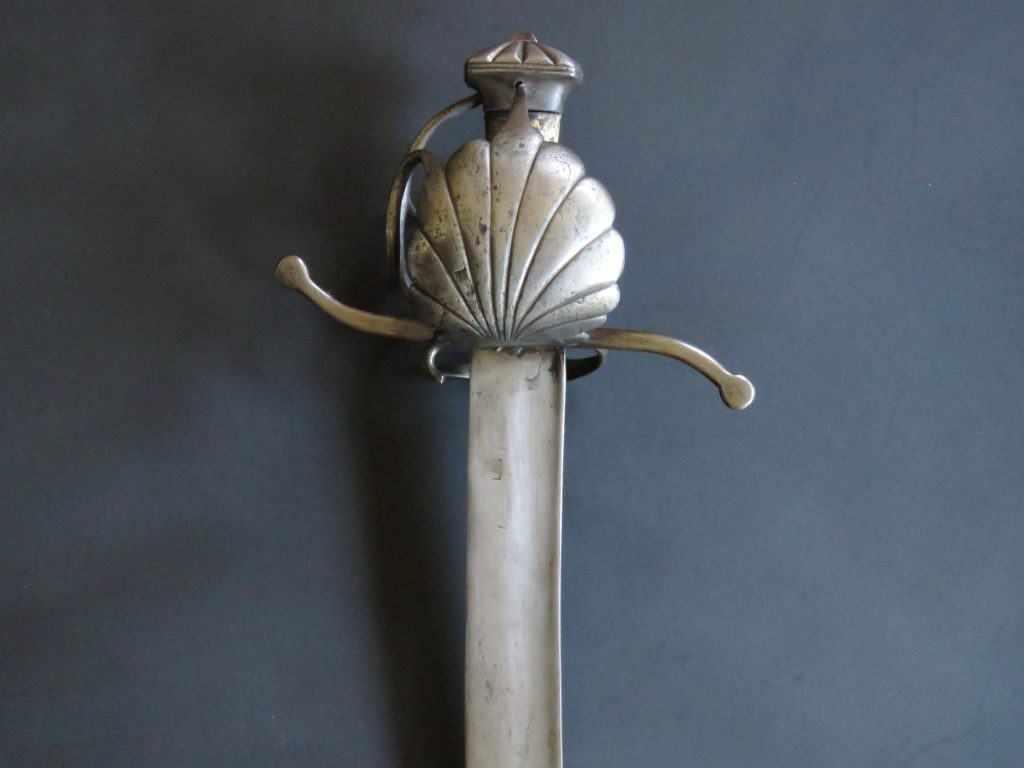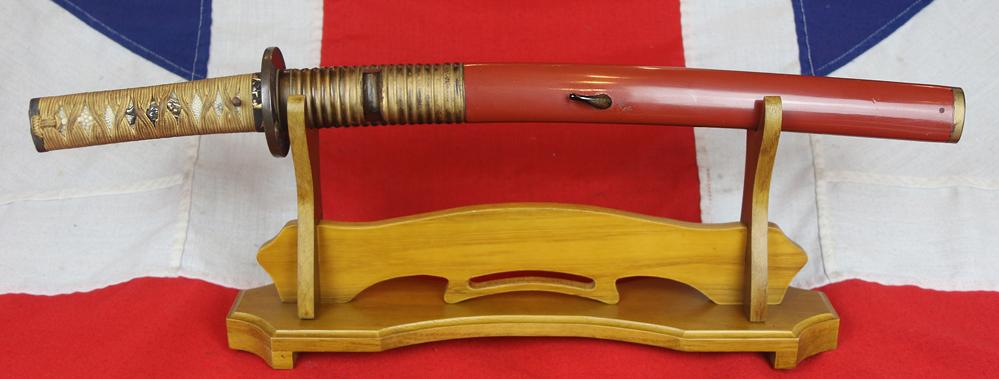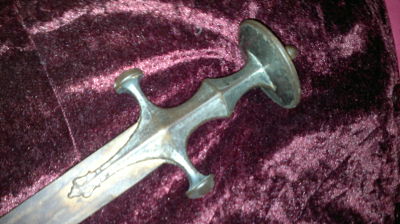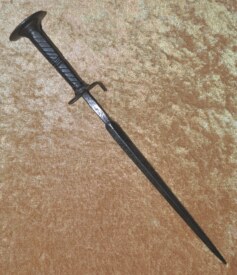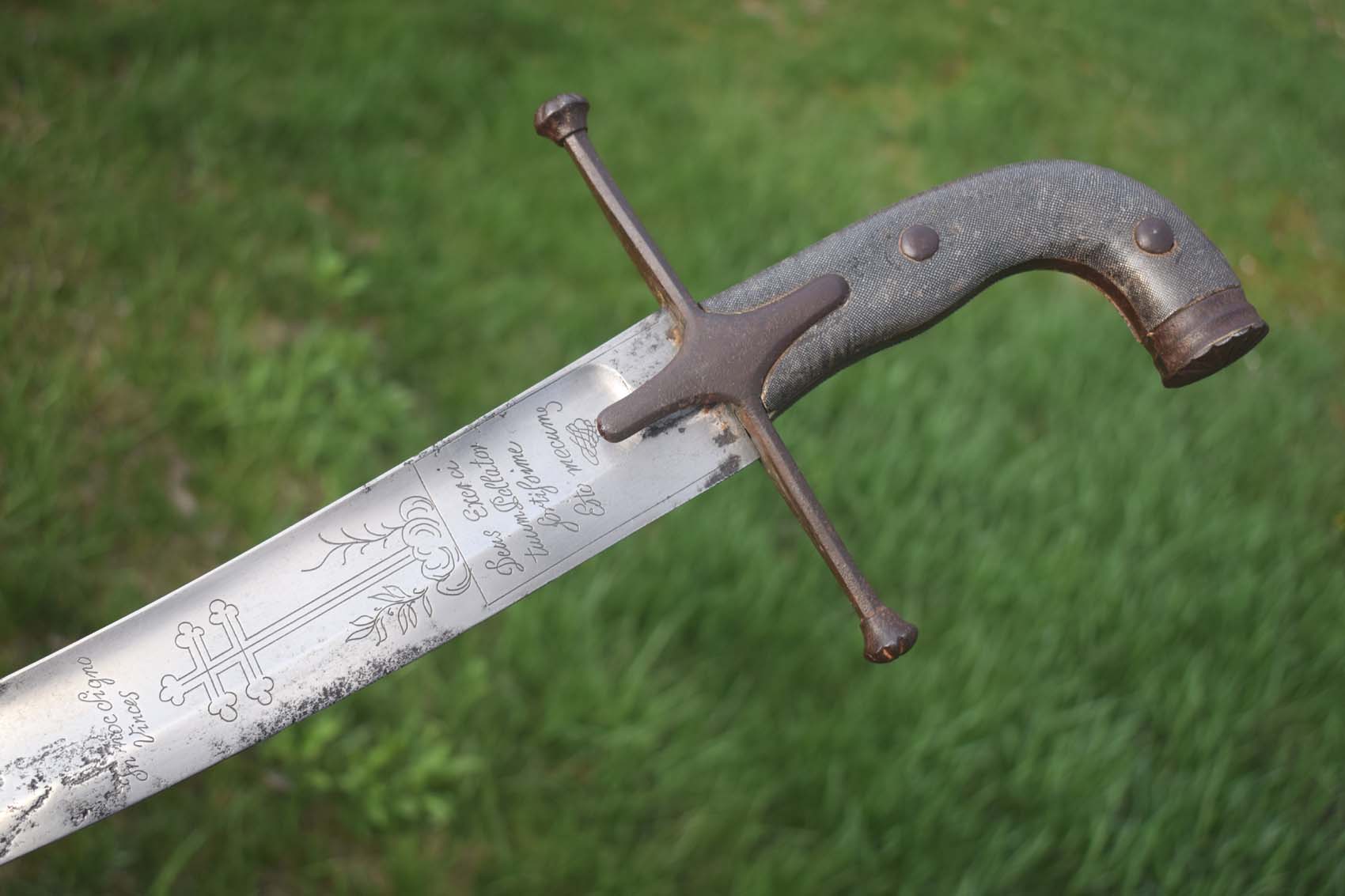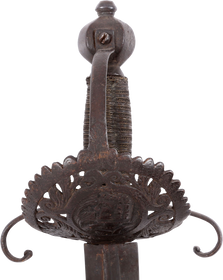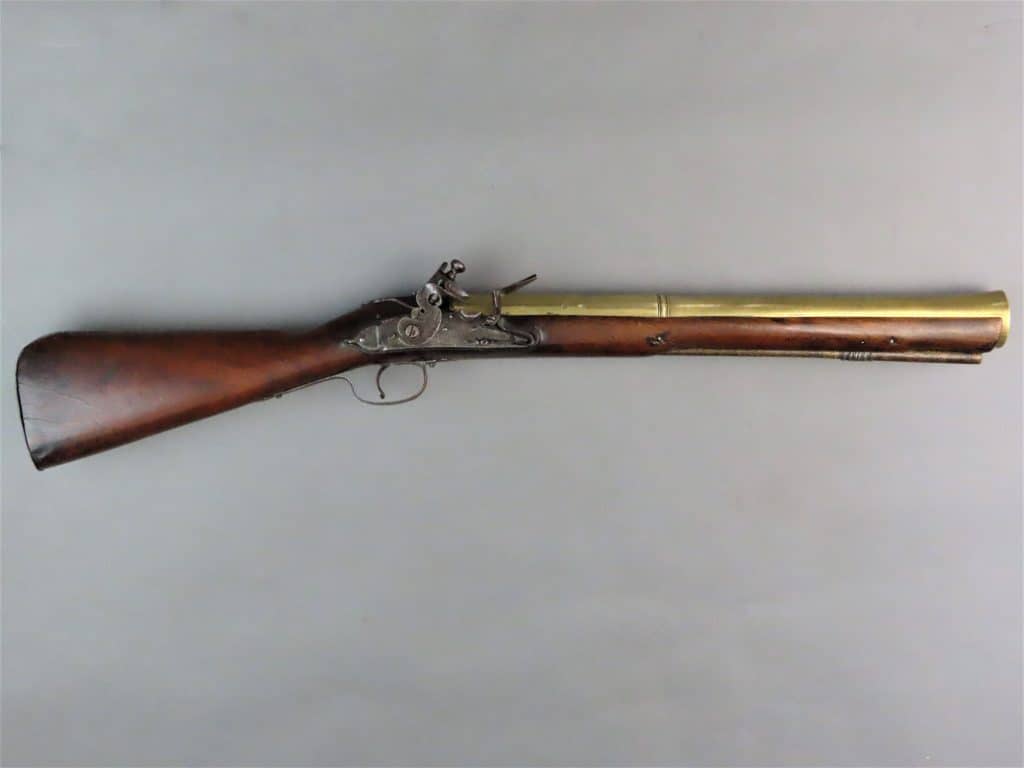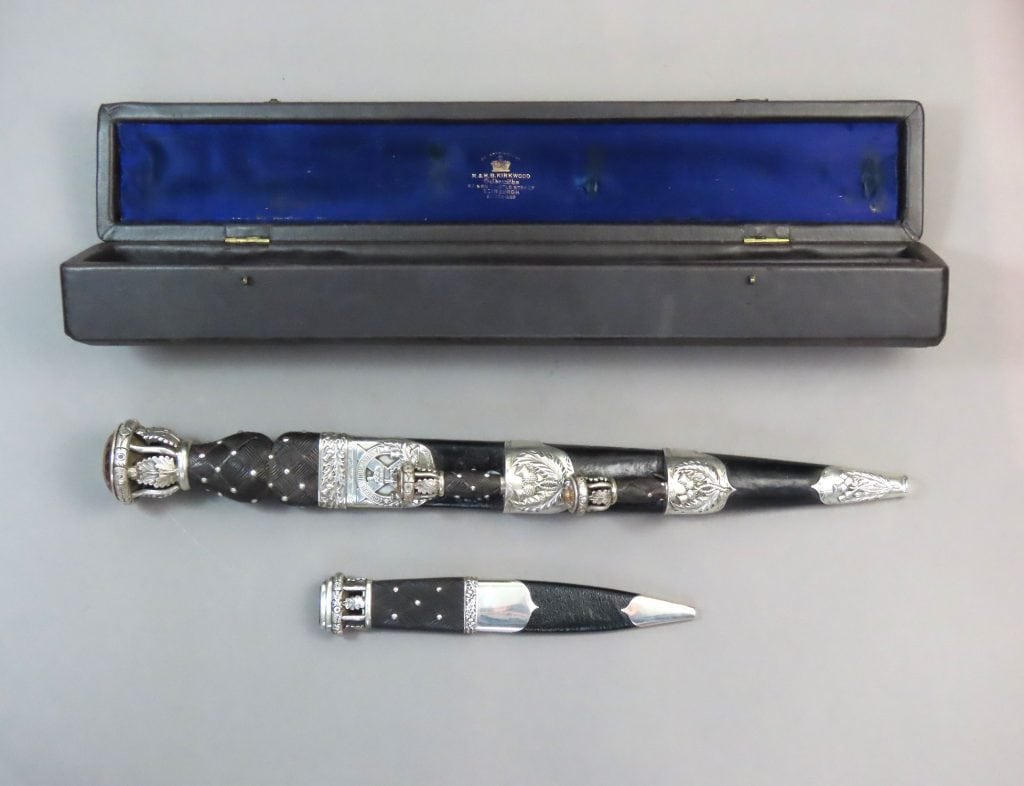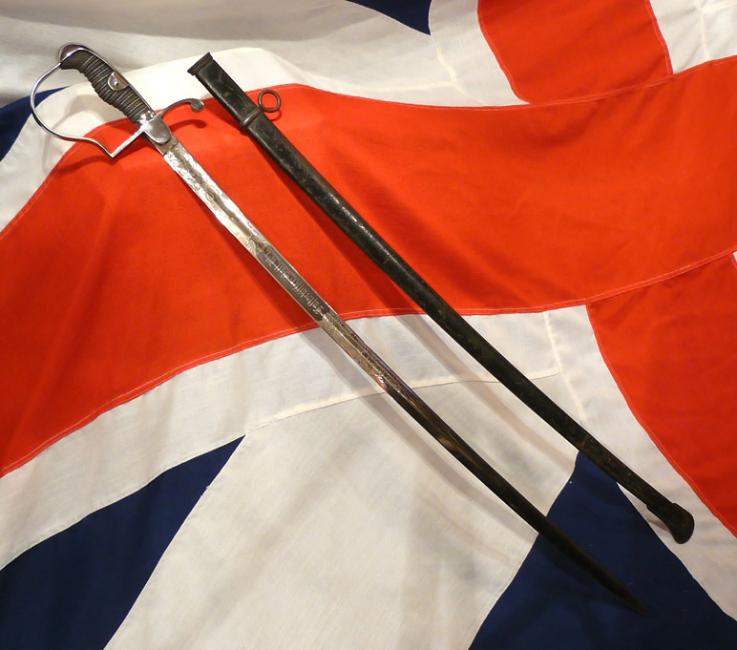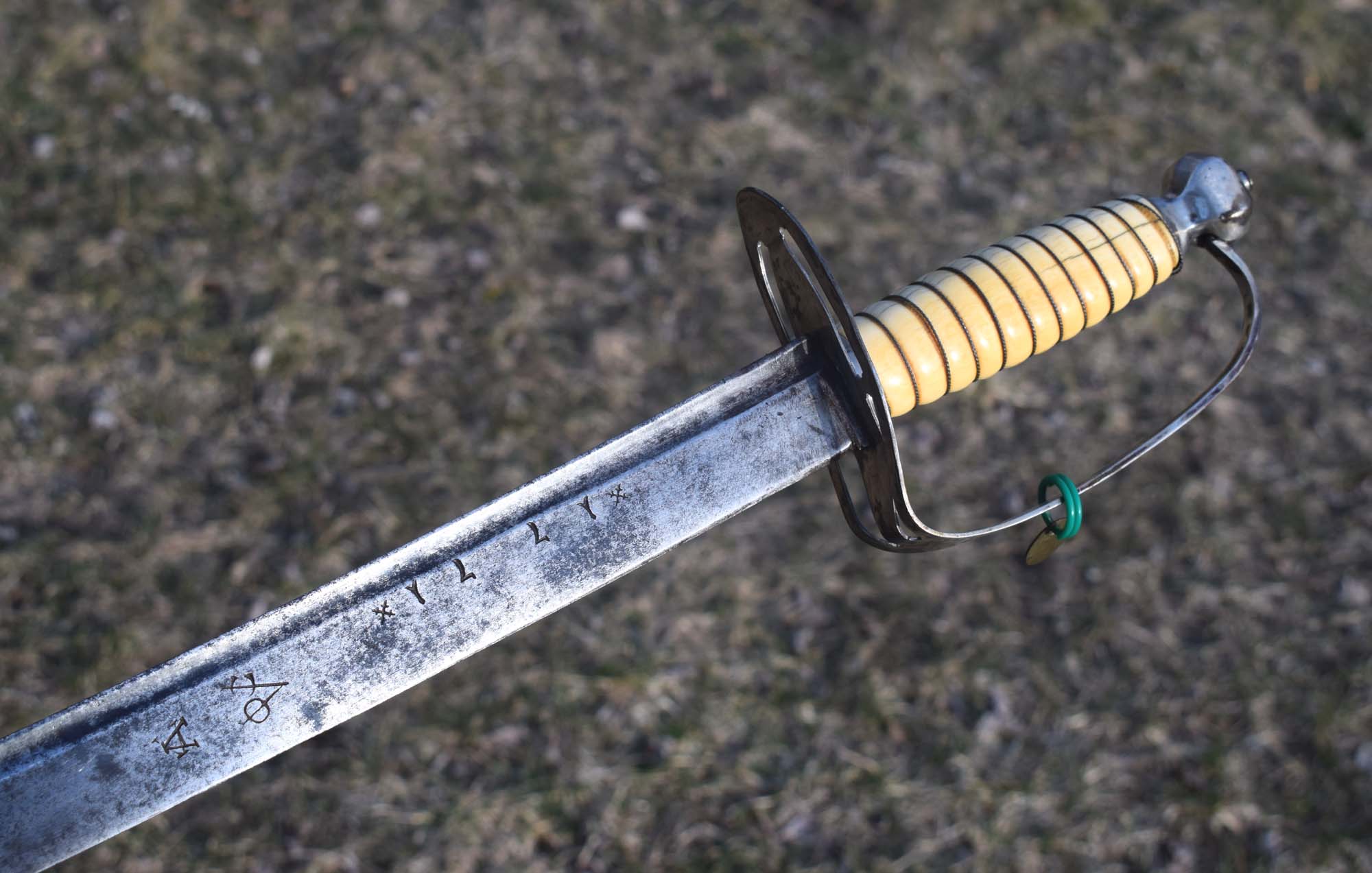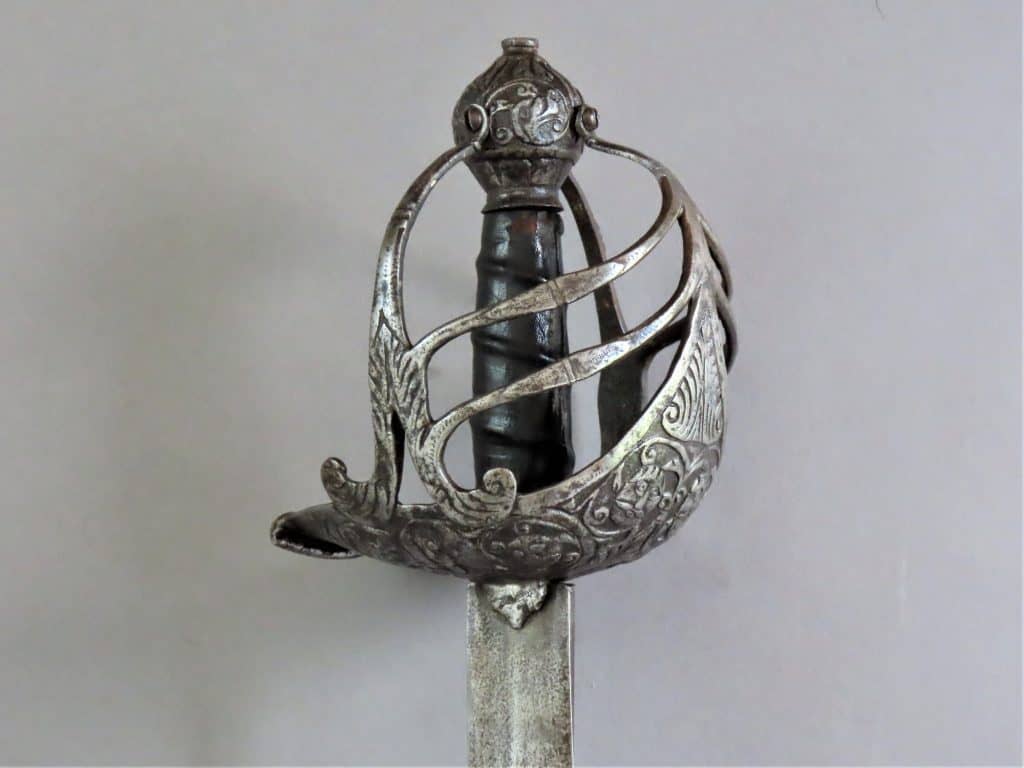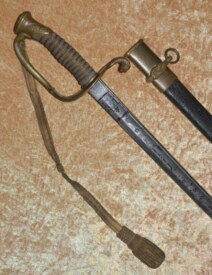For Sale
The following items are listed by for sale by users of the site and dealers. They are in no way endorsed or guaranteed by www.oldswords.com
Add a Classified ItemYou can also receive regular email notifcations when items match your keywords. To recieve them just register or logon at the top right of this page.
- Nation : North European
- Local Price : £6750
- Nation : British
- Local Price : £6650
- Nation : Spanish
- Local Price : 9,100.00 USD
- Nation : Indian
- Local Price : £9¸000
- Nation : British
- Local Price : £6450
- Nation : American
- Local Price : £6250
- Nation : German
- Local Price : $5995.00
- Nation : British
- Local Price : £5,995.00
- Nation : British
- Local Price : £5,995.00
- Nation : ?
- Local Price : $5995.00
- Nation : British
- Local Price : £5995
- Nation : British
- Local Price : £5900
- Nation : Hungarian
- Local Price : 7995.00 USD
- Nation : British
- Local Price : £5750
- Nation : Italian
- Local Price : 7,800.00 USD
- Nation : British
- Local Price : £5650
- Nation : British
- Local Price : £5650
- Nation : British
- Local Price : £5,650.00
- Nation : British
- Local Price : £5,495.00
- Nation : British
- Local Price : £5450
- Nation : Dutch
- Local Price : 7500.00 USD
- Nation : British
- Local Price : £5375
- Nation : Spanish
- Local Price : £5350
- Nation : British
- Local Price : £5250
- Nation : British
- Local Price : £5250
- Nation : British
- Local Price : £5250
- Nation : British
- Local Price : £5000
- Nation : American
- Local Price : $4995.00


